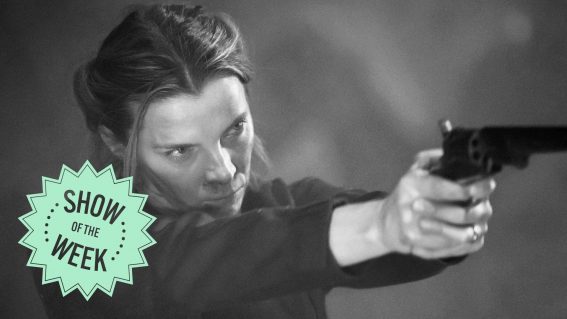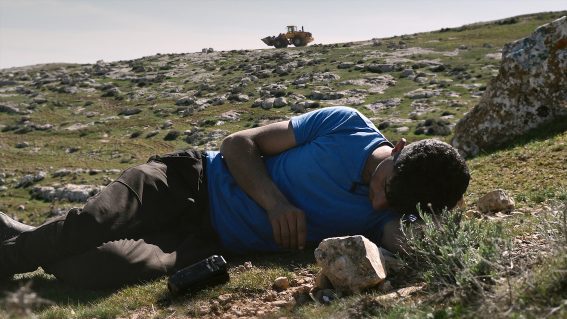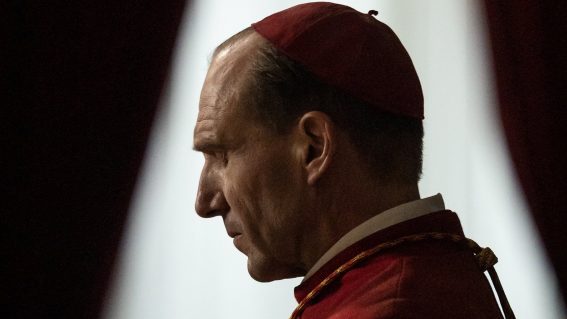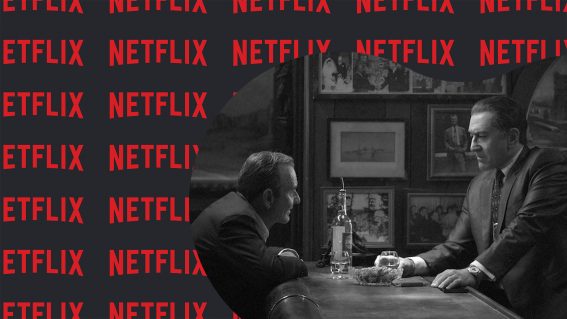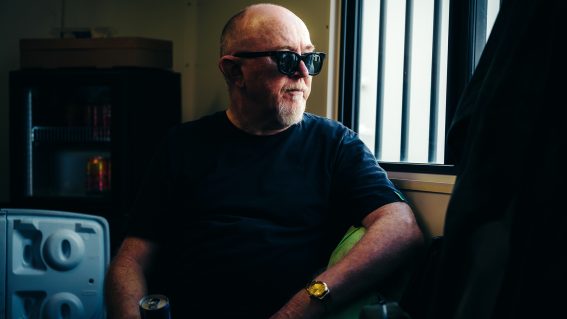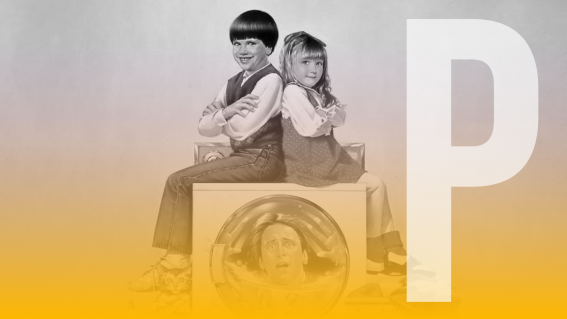Retrospective: The Ghost and The Darkness is a cracking old school African adventure

Before sinking your teeth into the big cat action of Beast, Travis Johnson suggests revisiting 1996’s The Ghost and The Darkness: a combination of legendary screen forces and pure animal power.
Call it “Jaws of the Jungle” if you like—the comparison is apt. Both Spielberg’s O.G. summer blockbuster and Stephen Hopkins’ unjustly obscure, Africa-set adventure deal with a small group of men trying to deal with a ferocious animal threat while also managing the mercenary greed of their superiors.
Hopkins even takes inspiration from Spielberg when first depicting his critters, two ferocious man-eating lions, as barely-glimpsed monsters prowling the tall grass of the African savannah: the occasional flash of tawny hide or twitching tail recalling a sinister fin slicing through the waters off Amity.
But while Jaws is based on Peter Benchley’s trashy airport novel of the same name, The Ghost and The Darkness is taken from a true story. Our narrator, Samuel (the great John Kani, recently seen as T’Chaka in the MCU) even tells us early on that “even the most impossible parts of this story really happened”.
He’s fibbing a little bit, but not by much. And the true elements impressed the hell out of legendary screenwriter William Goldman, who penned the script; he avowed that the only other true story that inspired him so much was Butch Cassidy and the Sundance Kid.
We set our scene in Kenya in the year 1898, where Irish engineer Lieutenant Colonel John Paterson (Val Kilmer) has been tasked by evil British aristo Robert Beaumont (Tom Wilkinson having loads of fun) with building a bridge over the River Tsavo in order to complete the Uganda-Mombassa Railway and sew up East Africa for British Imperialism.
Patterson is a competent leader and an accomplished hunter, so when a pair of rogue lions start preying on the African and Indian railway workers under his command, he feels he’s up to task. But these are not ordinary lions: they are The Ghost and The Darkness. They hunt at will, killing for pleasure and taking humans over any other prey. They seem preternaturally intelligent, effortlessly avoiding traps and ambushes. And they are insatiable, racking up a body count in the triple figures.

All of that actually happened (although modern estimates put the kill count at a more modest but still horrifying 30 or so) and Patterson later wrote a memoir, The Man-Eaters of Tsavo, that informed Goldman’s script. The historical events are not impossible, but they are wildly improbable; even the most formidable predators rarely prey on humans (every shark movie is, at base, a lie), but the Tsavo killings go well beyond that. The lions took men in broad daylight in front of witnesses, completely without fear. At one point they’re said to have pulled a hunter dispatched to kill them from the train he was arriving on, which is the kind of detail that wouldn’t make it past the first draft if the film were fiction.
In point of fact, that incident didn’t make it into the film, but another, in which a group of hunters not only failed to kill one of the beasts as it was caught in a trap mere feet away, but managed to set the thing loose with stray gunfire, was toned down from the actual instance. Even so, it’s a bravura sequence on screen: the trapped lion, a huge beast, hurls itself against the bars of its cage, deafening roars fill the air and the flames from a spilled oil lamp are reflected in the creature’s eye, the whole tableaux looking like nothing so much as a medieval depiction of hell. The only notable difference from the actual event? On screen the number of hunters was reduced to three.

Also invented for the screen is the character of Charles Remington, a legendary big game hunter drafted to stalk the cats, played by producer Michael Douglas (Douglas stepped into the role late in the game after Sean Connery and Anthony Hopkins both turned down the role). An amalgamation of several professional hunters of the time, Remington is a wonderfully OTT creation: a laconic Civil War veteran with a deep Southern drawl who hunts lions with a cadre of Maasai warriors, and waxes philosophical about how the invention of gunpowder has taken him around the world.
The Ghost and The Darkness is already a good time when Douglas turns up, but the film is elevated by his entrance, the veteran actor lending it the pulpy energy the material demands. The Ghost and The Darkness is the kind of film for which the phrase “they don’t make ‘em like this anymore” was invented—the only comparable movie in the last half century, in terms of both quality and subject, is John Huston’s The Man Who Would Be King (1975).
It’s a handsome, robust, old-fashioned adventure yarn, packed with spectacle and action, and populated with colourful characters—the kind of solid, entertaining programmer we used to make dozens of every year. To see the actual lions of Tsavo you have to make a trip to the Field Museum of Natural History in Chicago, where their mounted hides are still on display. But maybe save yourself a plane ticket and cue up the movie instead—it’s an absolute gem.





